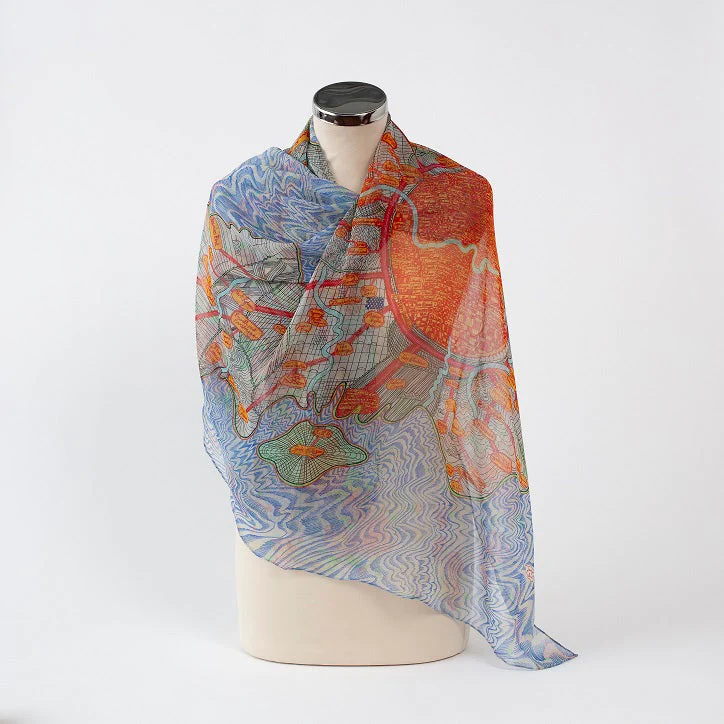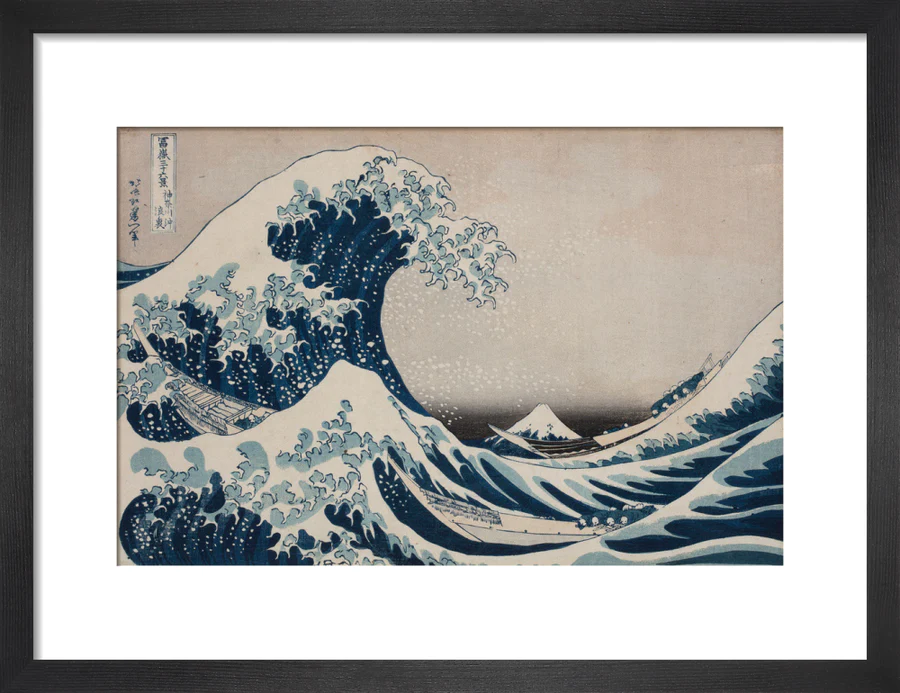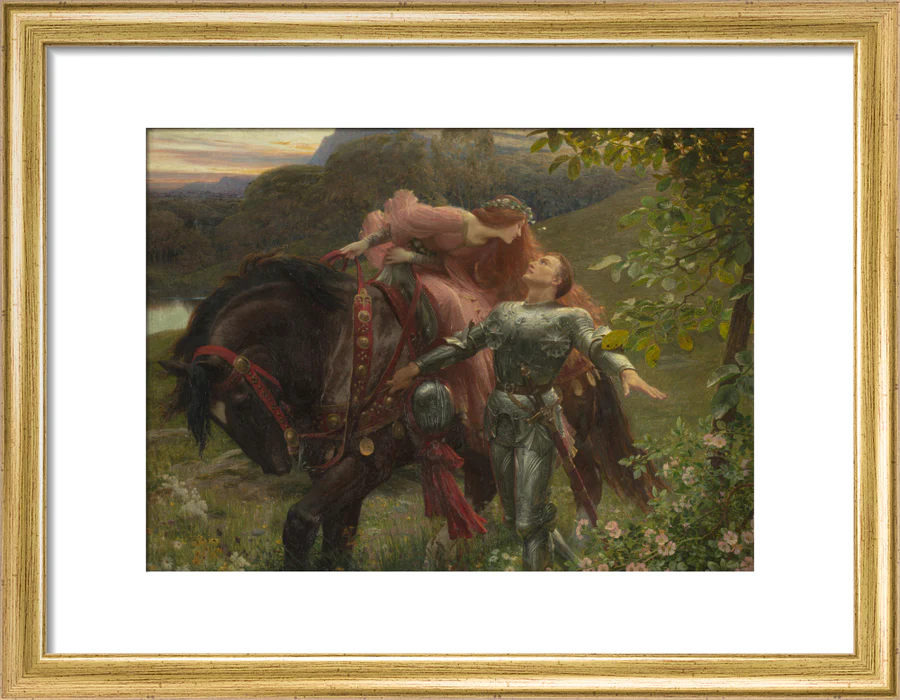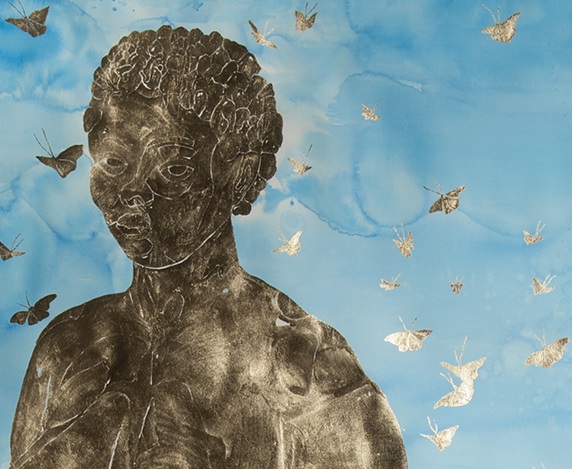Copyright/attribution: ©Bristol Museums, Galleries and Archives
ceremonial head (sculpture)
Cast ceremonial head of an Oba, from Benin City (Nigeria). Tusk holder. This head is hollow inside and was made using the 'lost-wax' process and would have been placed on an altar to an Oba.
The head is shown wearing a coral head piece and beads around the collar. Coral was highly valued by the Edo people and was only worn by royalty. The heads would serve as mediums through which descendants could ask the spirits of their ancestors for the health and prosperity of the kingdom. Rites in honour of the past Oba were directed by special priests. The ancestral shrines were and still are situated in the king's Palace in Benin City (in current Nigeria). The metal of brass was highly valued by the Edo people, as it was rare and expensive. When new, it would have been red and shiny, symbolising royalty and beauty, but the metal also does not corrode or rust with time, signifying the continuity of the kingship. From the eigtheenth-nineteenth centuries, tusks were often placed on the ceremonial heads. This head probably dates from 1600-1800 AD.
This object was given in exchange by Cranmore Ethnographical Museum, in Kent for a Raratongan head dress, from the Cook Islands, of which Bristol had two. This head may have arrived in Europe as a result of the British 'Punitive Expedition', in 1897, when the British destroyed the Oba's palace and looted a large amount of Beninese art and took it to Britain. Much of the material ended up on the European art market and in European museum collections.















